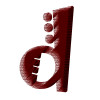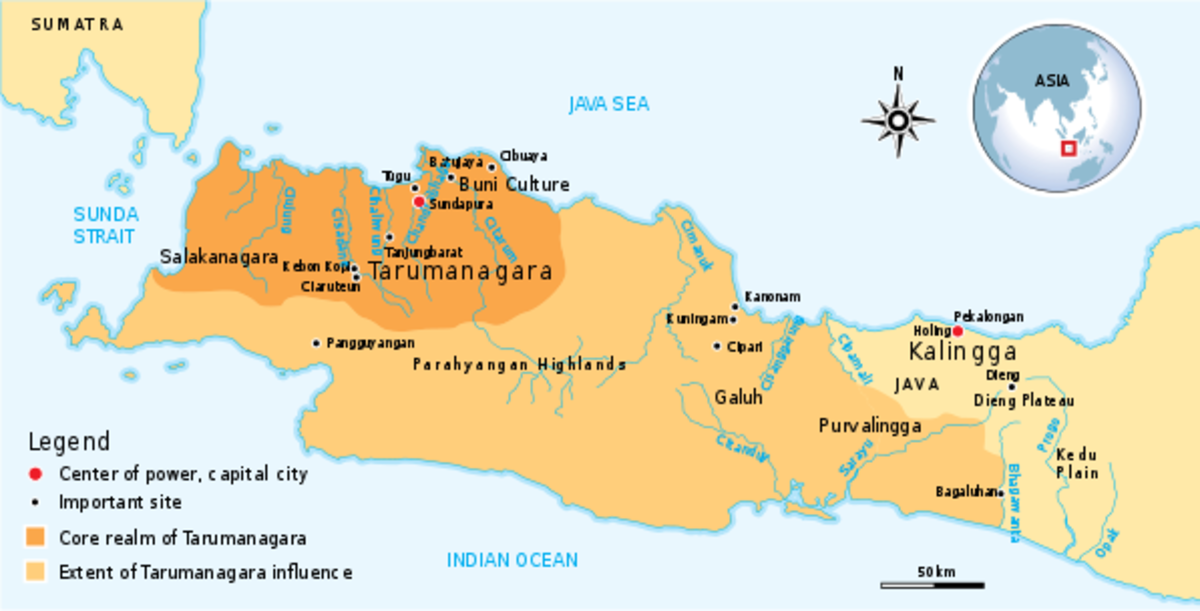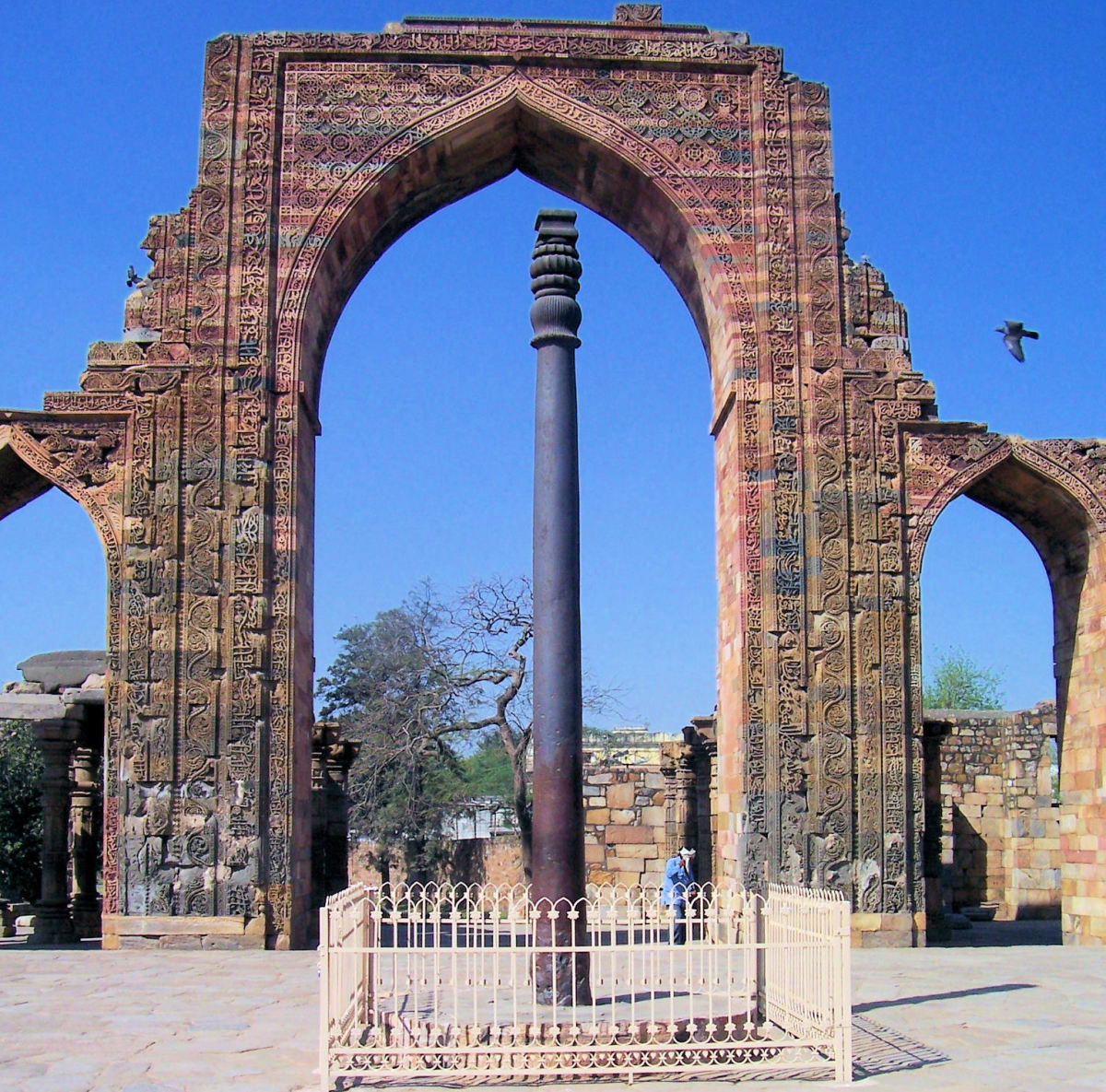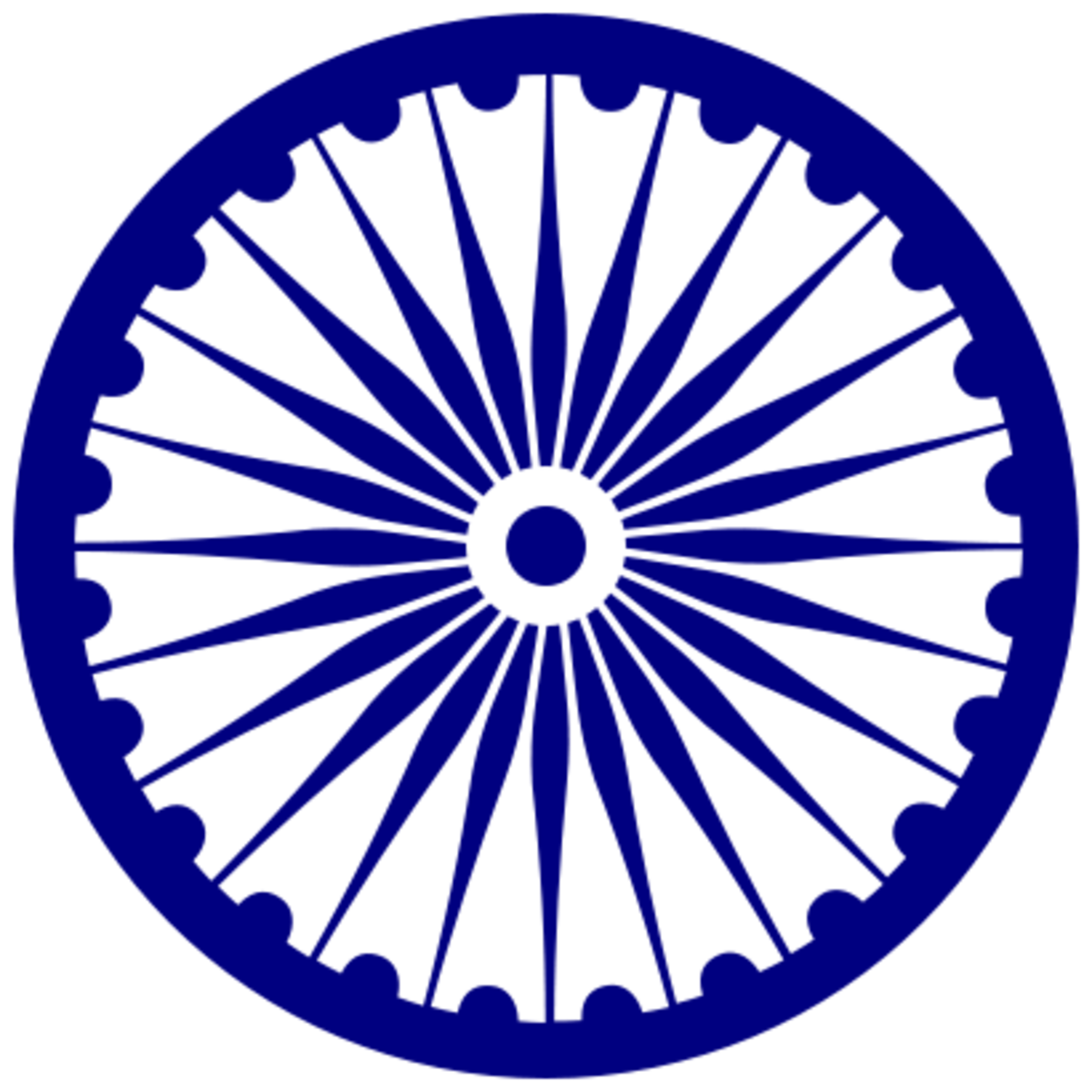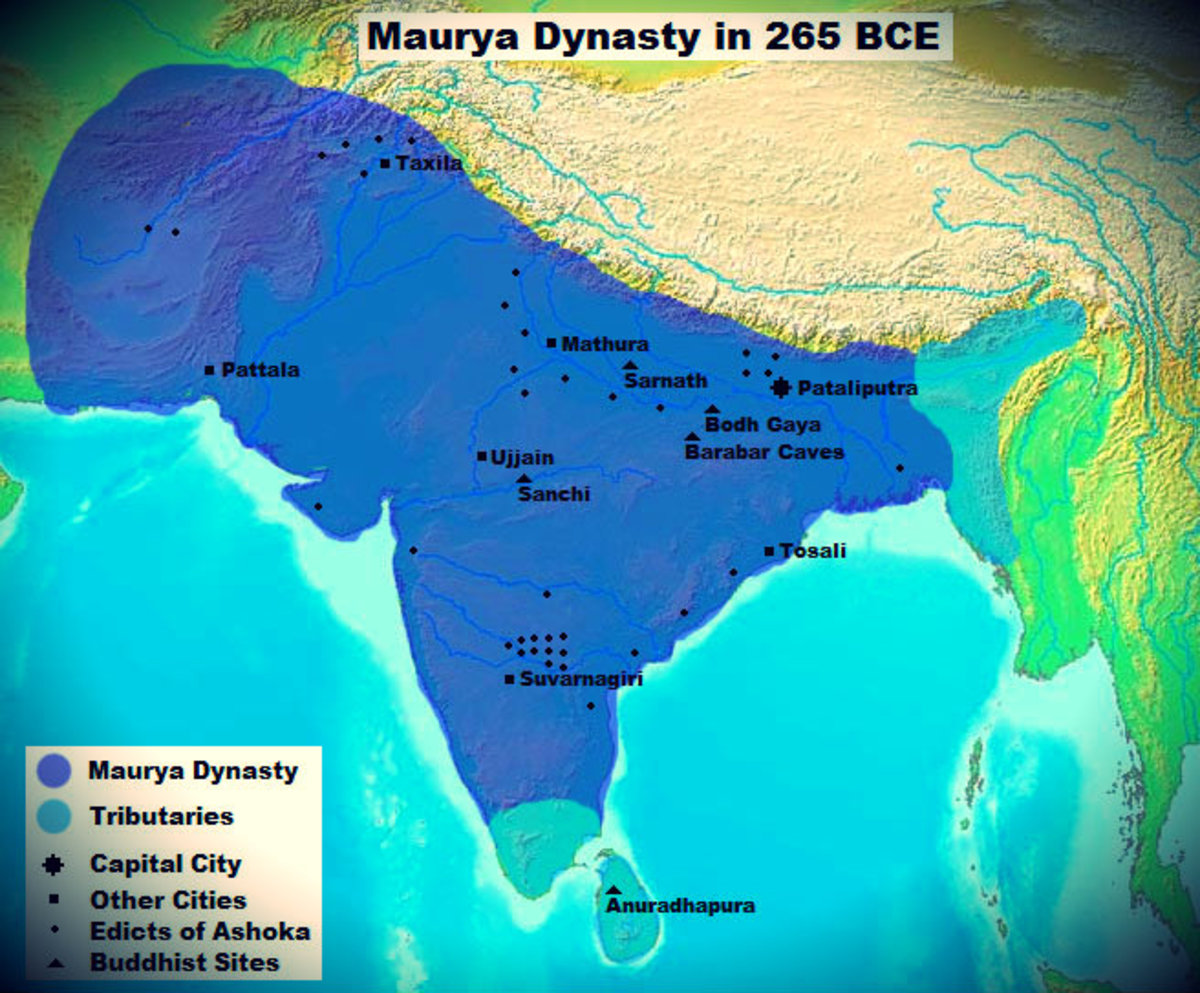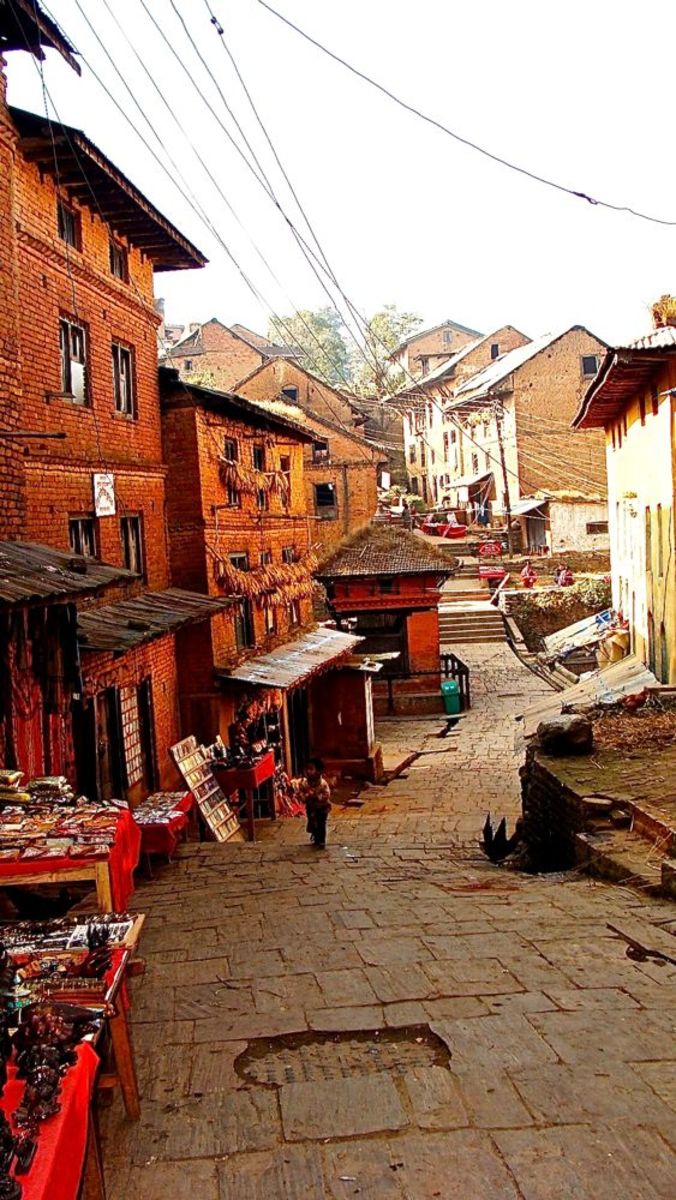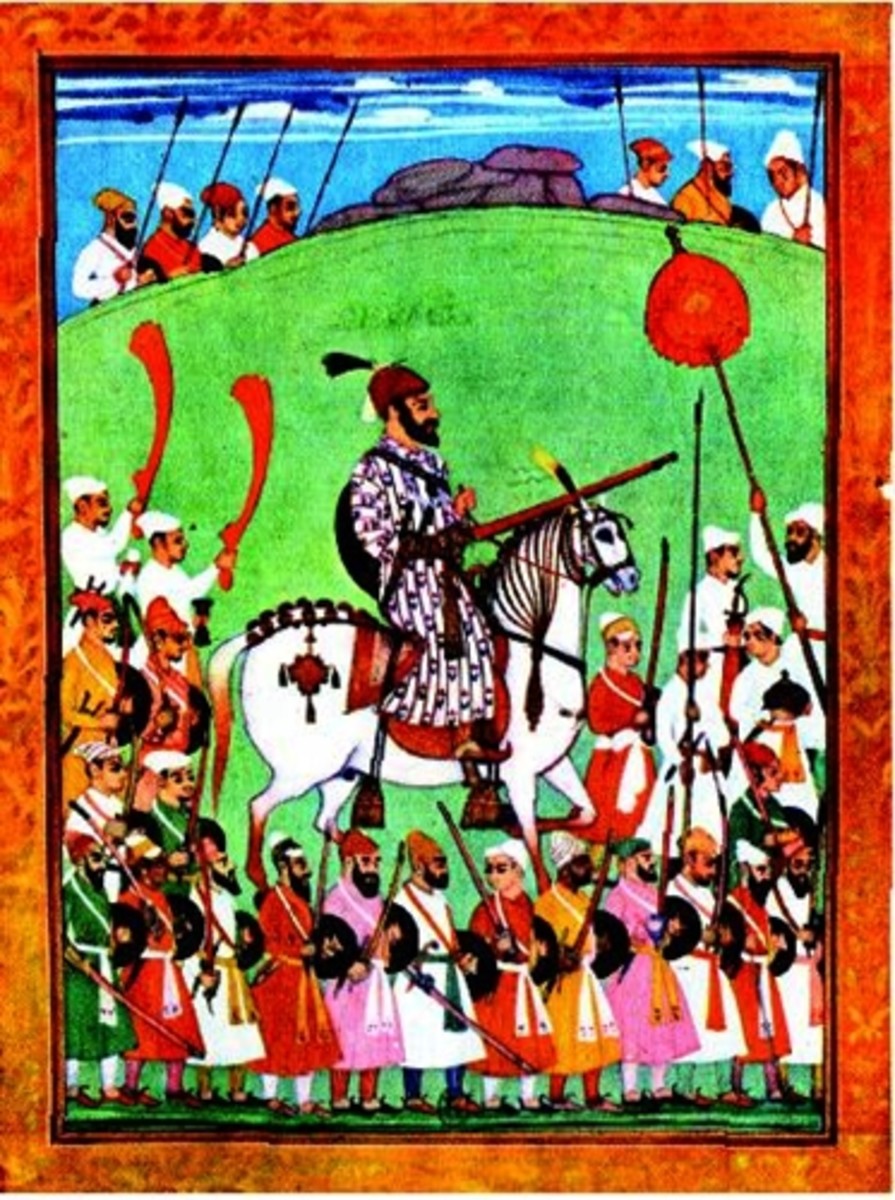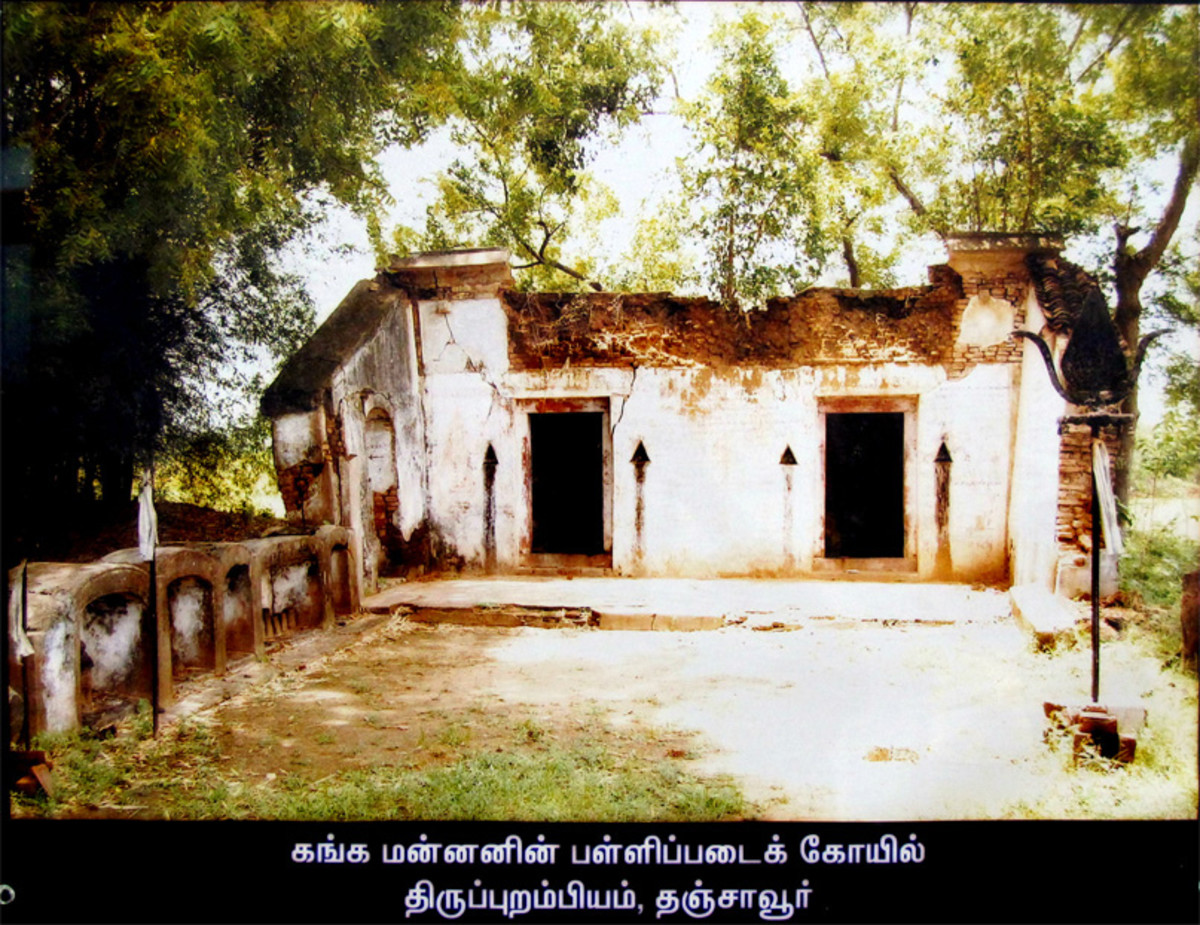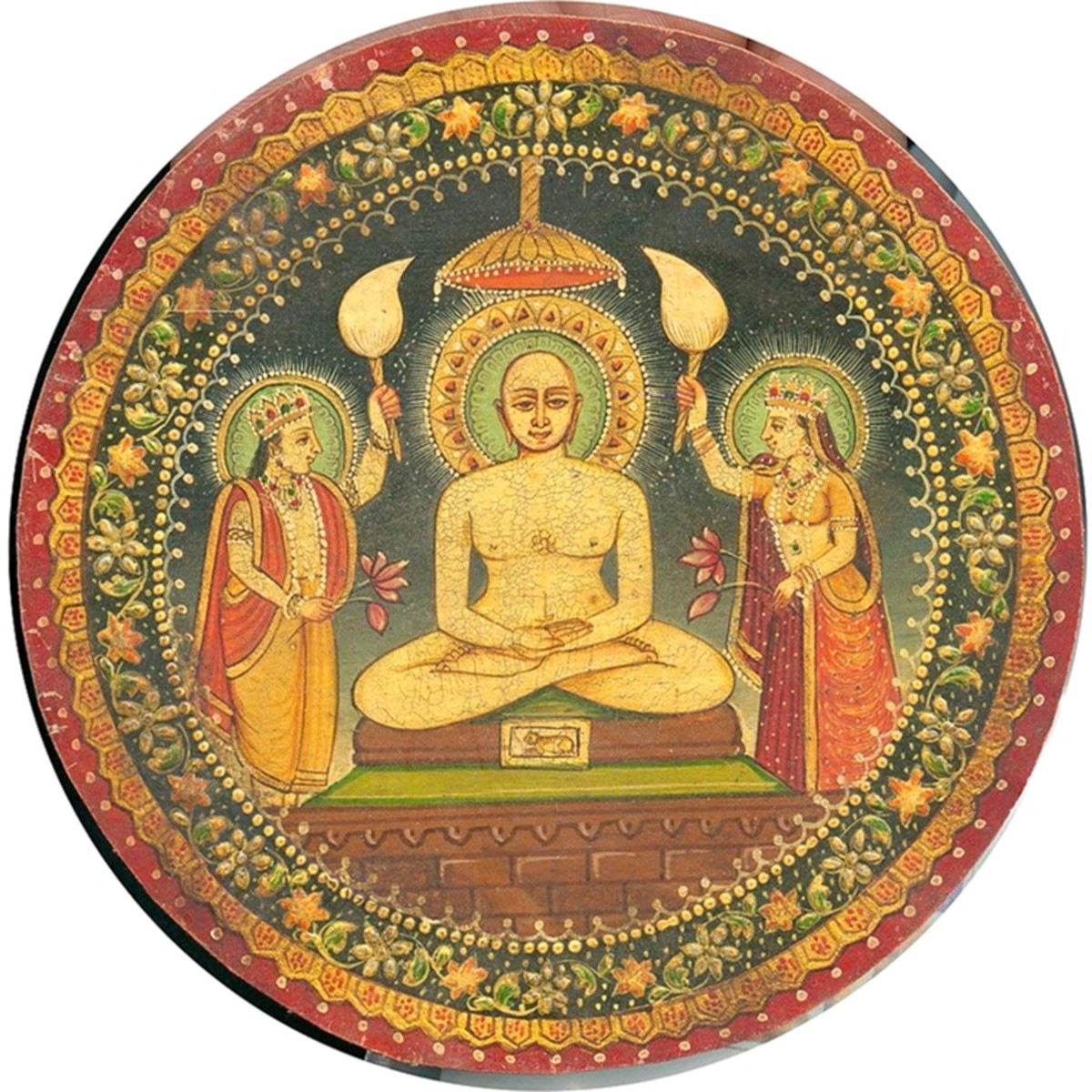- HubPages»
- Education and Science»
- History & Archaeology»
- History of Asia
The Great Mauryan Empire
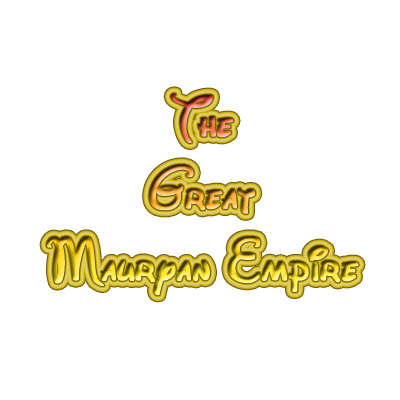
The accession of Chandragupta Maurya to the throne of Magadha in 321 B.C. marks the beginning of the Mauryan dynasty now known from a variety of sources. But this was not the case so very long ago. Until about a hundred and fifty years ago, Ashoka was only a name referred to in the dynastic lists of the Puranas. In 1837 James Prinsep deciphered the earliest known Indian script, Brahmi, and read the name of the king as Devanampiya Piyadassi or beloved of the gods. The dynastic affiliation of the king continued to elude historians till the Buddhist Chronicles of SriLanka were examined and his identity established as a great and benevolent Mauryan king. Gradually, the clues were pieced together and finally confirmed in 1915 when another inscription was found. This time the king issuing the epigraph was none other than King Ashoka Piyadassi.
These Ashokan inscriptions have been found from many areas of the Indian subcontinent including the peninsula. They were engraved on stone and placed at important places, either along trade routes or in the vicinity of towns. These inscriptions are written in Prakrit; one of them being bilingual where both Greek and Aramaic languages have been used. The script used is Aramaic and Greek in Afghanistan; Kharoshti in north-west Pakistan; and Brahmi in other parts of the Indian subcontinent. The inscriptions are incised either on pillars of stone or on rock and consist of the 14 major rock edicts, several minor rock edicts and seven pillar edicts. A majority of these are proclamations made by the king to the public at large. It is for this reason that they were written in Prakrit, the language of the people, rather than in Sanskrit, the language of culture. It is likely that there were many more inscriptions than we know of at present and that these may be discovered in future. Hiuen-Tsang, a Chinese Buddhist pilgrim who travelled in India in the seventh century A.D. refers in his writings to pillars at Rajagriha, Sravasti etc. None of these has been found so far.
In addition to these are two other inscriptions in Ashokan Prakrit. These are inscribed in the Brahmi script of the third century B.C. One of them is the Sohgaura copper plate inscription in Gorakhpur district and the other, the Mahasthan inscription of Bogra district. Both describe relief measures adopted during a famine in the region. It has been suggested by some scholars that the Sohgaura copper plate was probably issued during the reign of Chandragupta. Other inscriptions that are useful from the historical point of view are the Nagarjuni Hill cave inscriptions of Ashoka's grandson Dasharatha and the Junagarh inscription of Rudradaman dated 150 AD., which contains a reference to the Mauryas.
There are several literary texts, both in Sanskrit and Pali, that date from this period and can be profitably used for a historical reconstruction of the Mauryas. The Jatakas for example, are dated between the third century B.C. and the first century A.D. and describe the general conditions prevalent during the early historical period. Of more specific interest, however, is the DighaNikaya which details the Buddhist concept of kingship. Scholars have argued whether this concept was based on the model of Ashoka or was it the other way round i.e. whether Ashoka was influenced by the Buddhist ideals of a king. Though the Sri Lankan Chronicles are somewhat later in time, yet they provide useful information on the spread of Buddhism to Sri-Lanka and Ashoka's contribution to this expansion. The Dipavansha was compiled between the third century B.C. and the fourth century A.D. and the Mahavansha was written in the fifth century A.D. One of the problems with these texts is that since they were compiled long after the historical events had taken place, they perhaps incorporate later-day ideas and beliefs. Similarly, the Divyavadana which is a collection of legends built around Ashoka, is not available in India, but has survived in Tibetan and Chinese Buddhist sources.
A secular source of considerable importance is the Arthashastra of Kautilya, but scholars are divided on its date. Some accept the traditional view that the author was Chanakya, a minister of Chandragupta, while others place it in the third century A.D. A detailed analysis of the text has shown that it probably has several authors. It contains elements of a very early tradition and in its present form, the bulk of it was certainly written prior to the second century A.D.
The Puranas contain legends interspersed with religious teachings in the section on genealogy and lists of rulers of different dynasties, Mauryas being one of them. But the historicity of these lists cannot be taken for granted and have to be verified from other sources. This is because the Puranas date from the fourth century A.D. onwards and later interpolations in the text have reduced their value for historical reconstruction. Greek and Latin sources have preserved impressions and accounts of travellers who visited India at this time. Of these the most valuable is the account of Megasthenes who visited the court of Chandragupta and stayed for some time at Pataliputra. Unfortunately, the original text is now lost and what we have are quotations preserved in the works of later authors. This not only makes Megasthenes's description sketchy, but also detracts somewhat from its credibility.
Archaeological excavations are an invaluable source of information on the material culture. Excavations undertaken at several sites in the Ganga valley have unearthed Mauryan settlements. The best known of these is the settlement at Pataliputra surrounded by a wooden palisade. Pottery of various types came to be used in the Mauryan period, the most highly developed being the Northern Black Polished Ware. This ware has been extensively found in the Ganga Valley, but does not occur in South India.
Coins are frequent occurrence at Mauryan sites, both in excavations and as stray finds and hoards. The earliest coins were perhaps minted by the Mauryans and have been termed punch-marked coins. These were made of silver and instead of legends, had several symbols punched on them. It appears from the Arthashastra that there was a well-organised mint and officers carefully supervised the contents of the coins.
